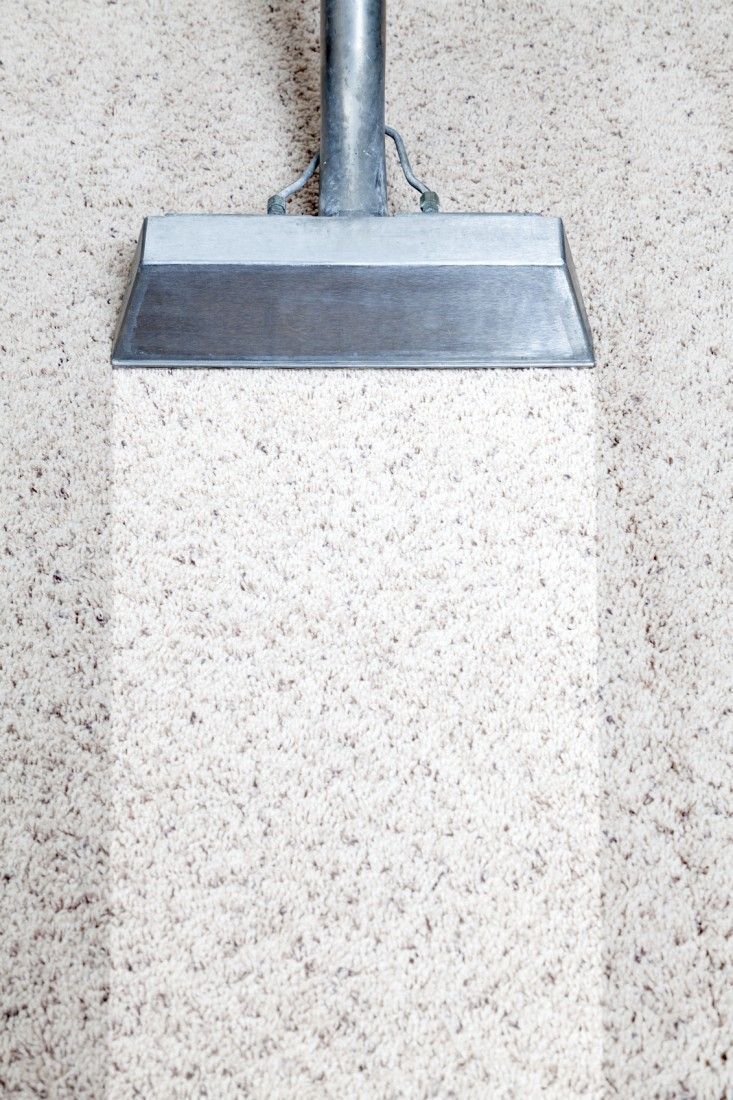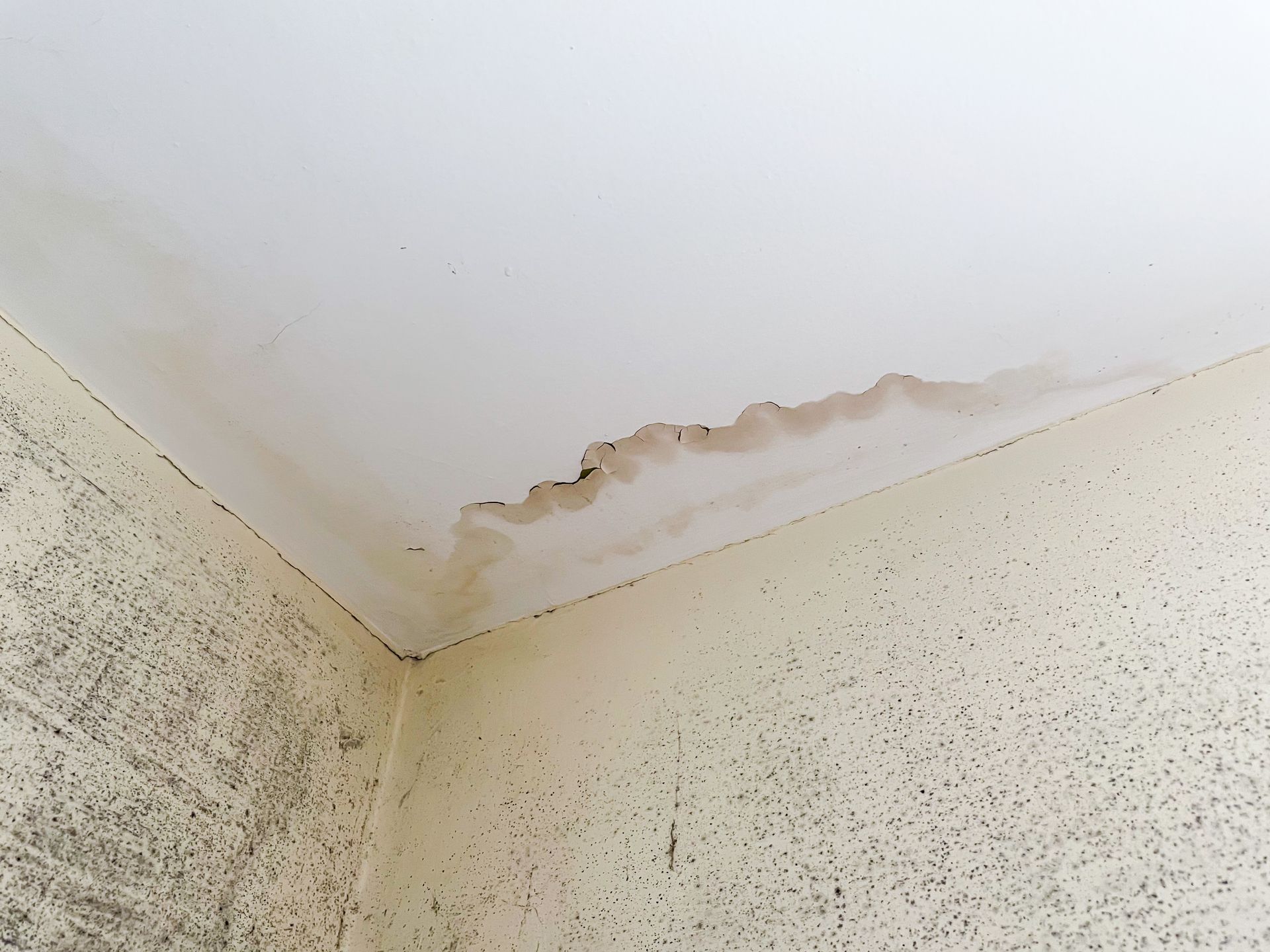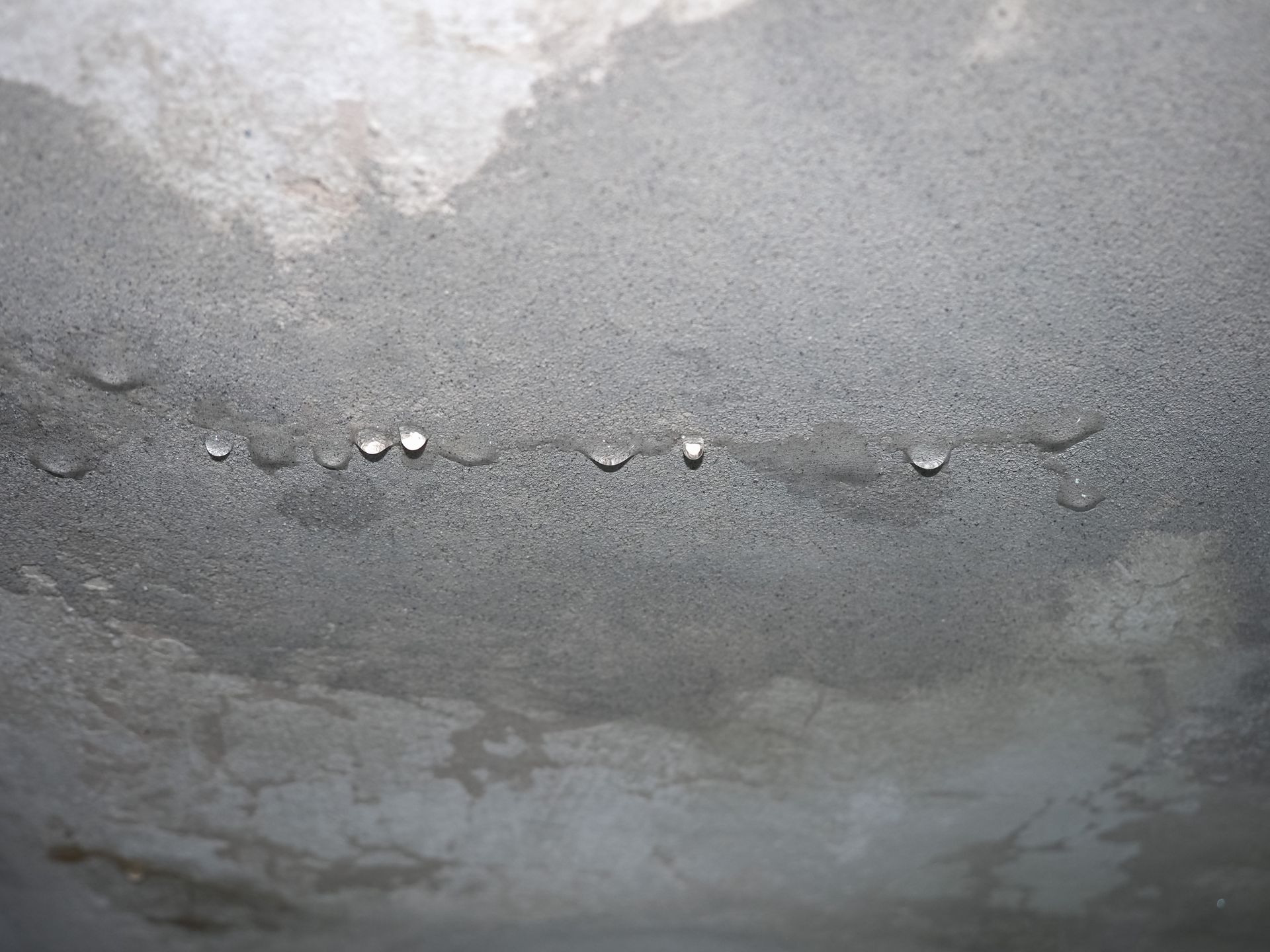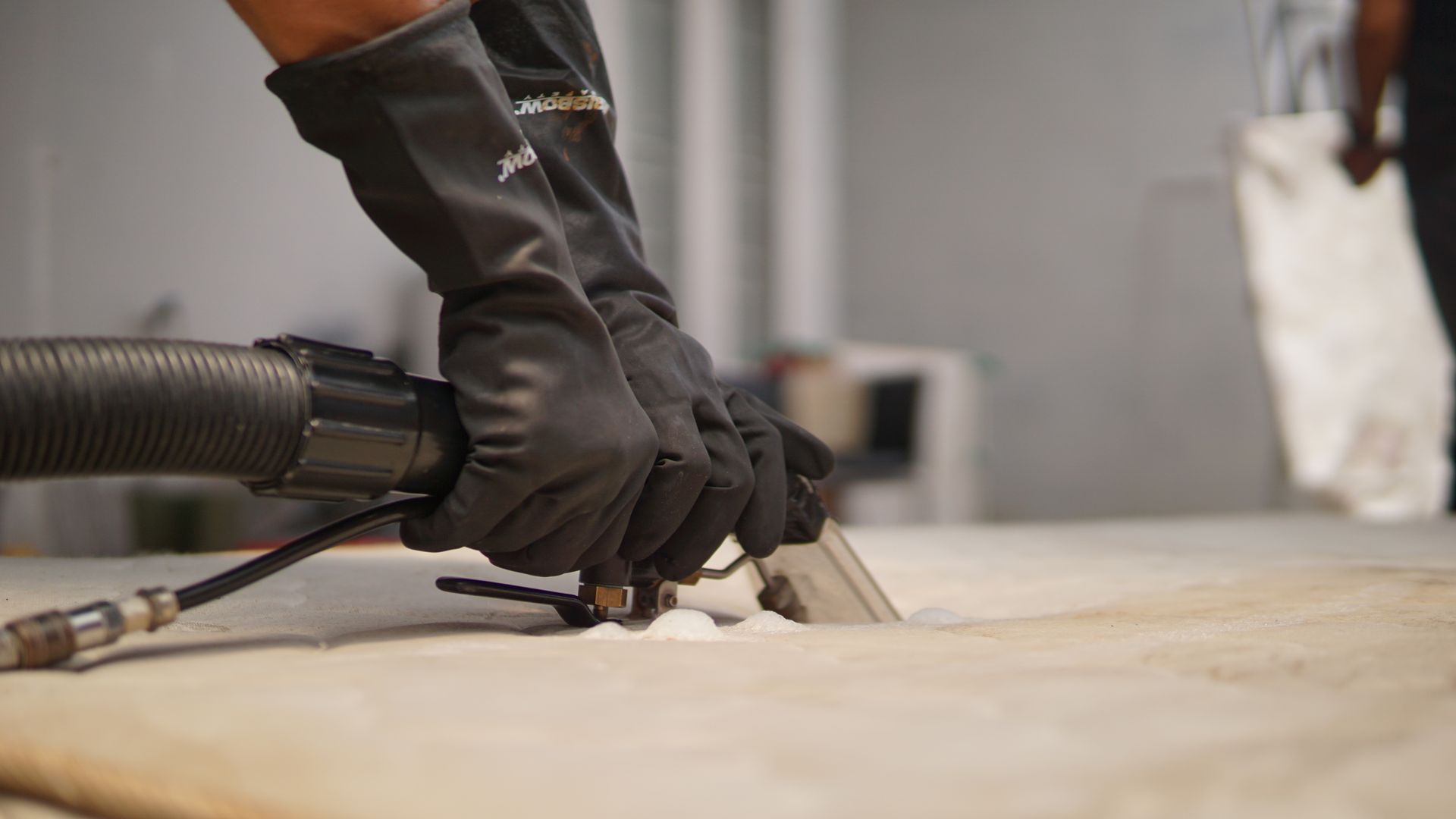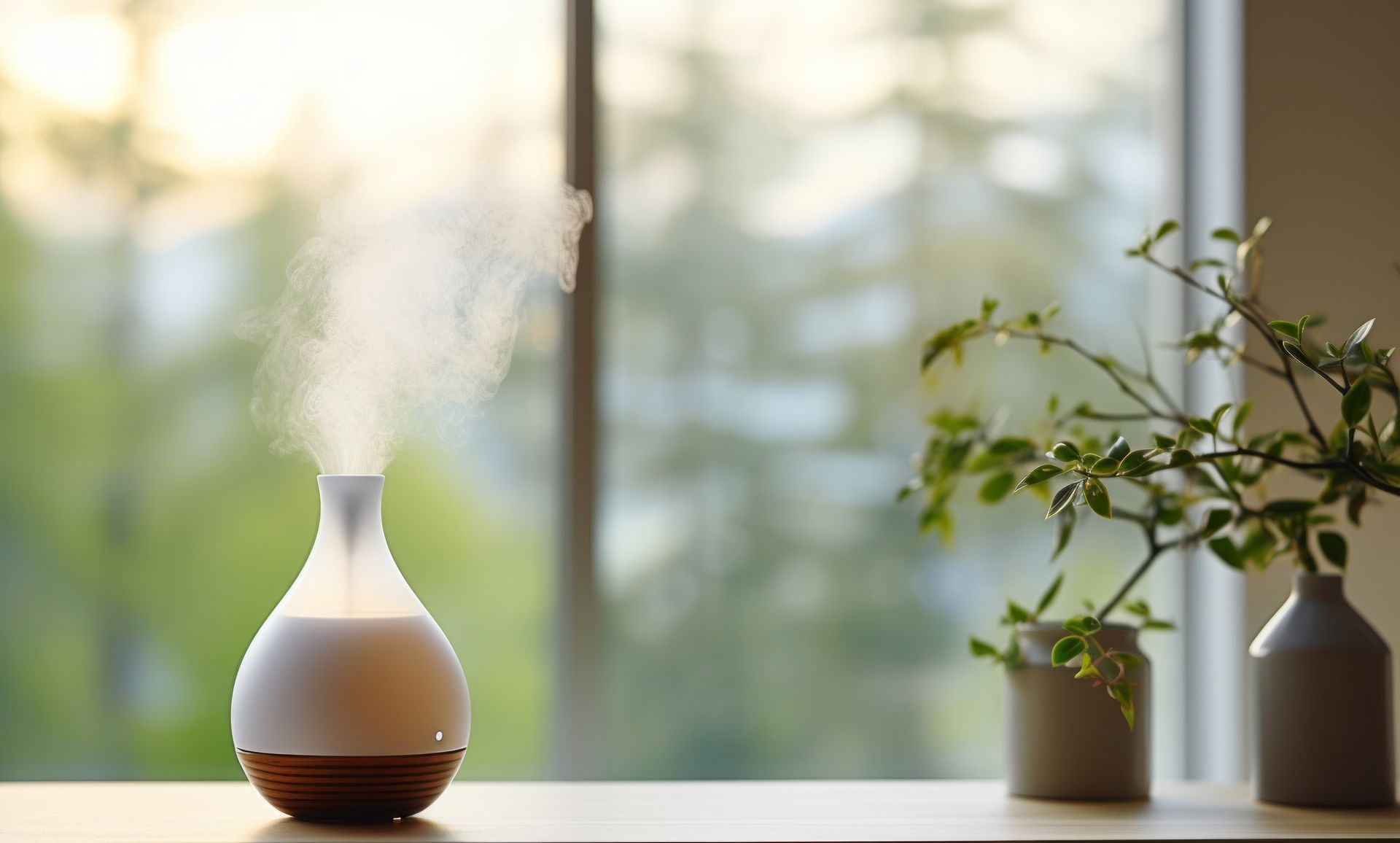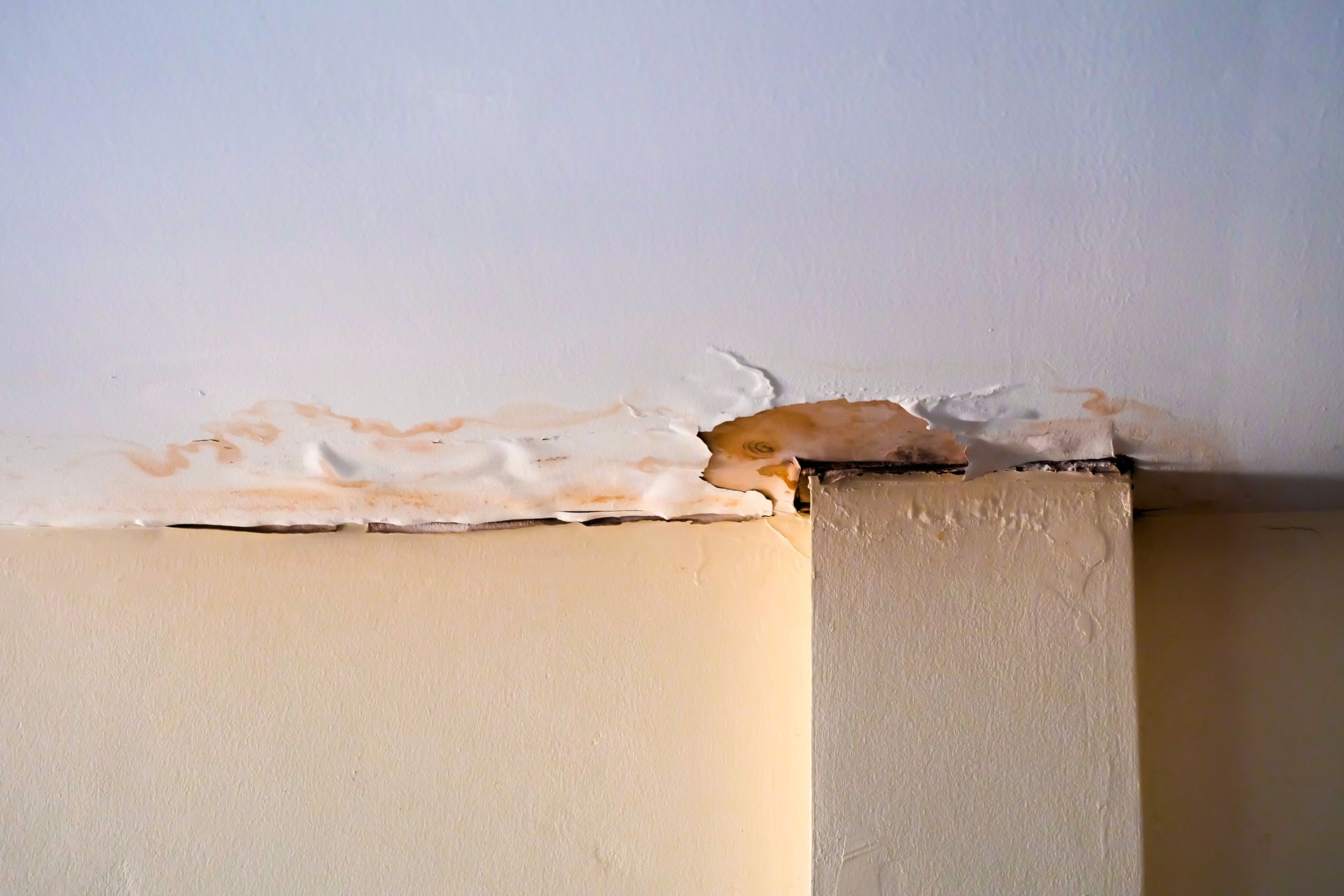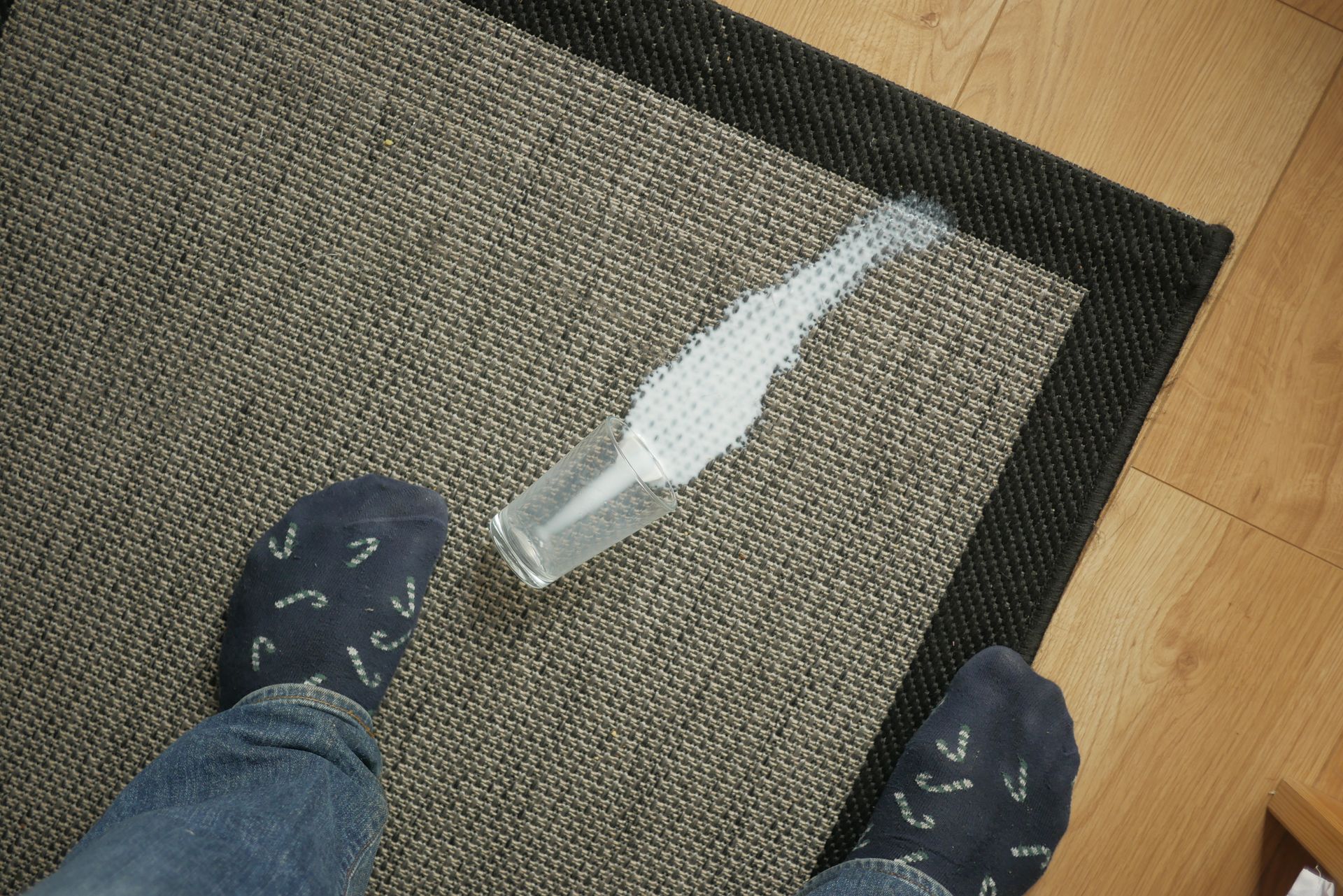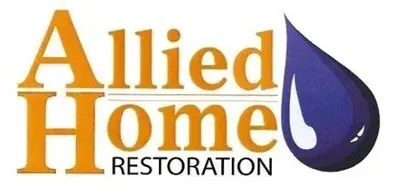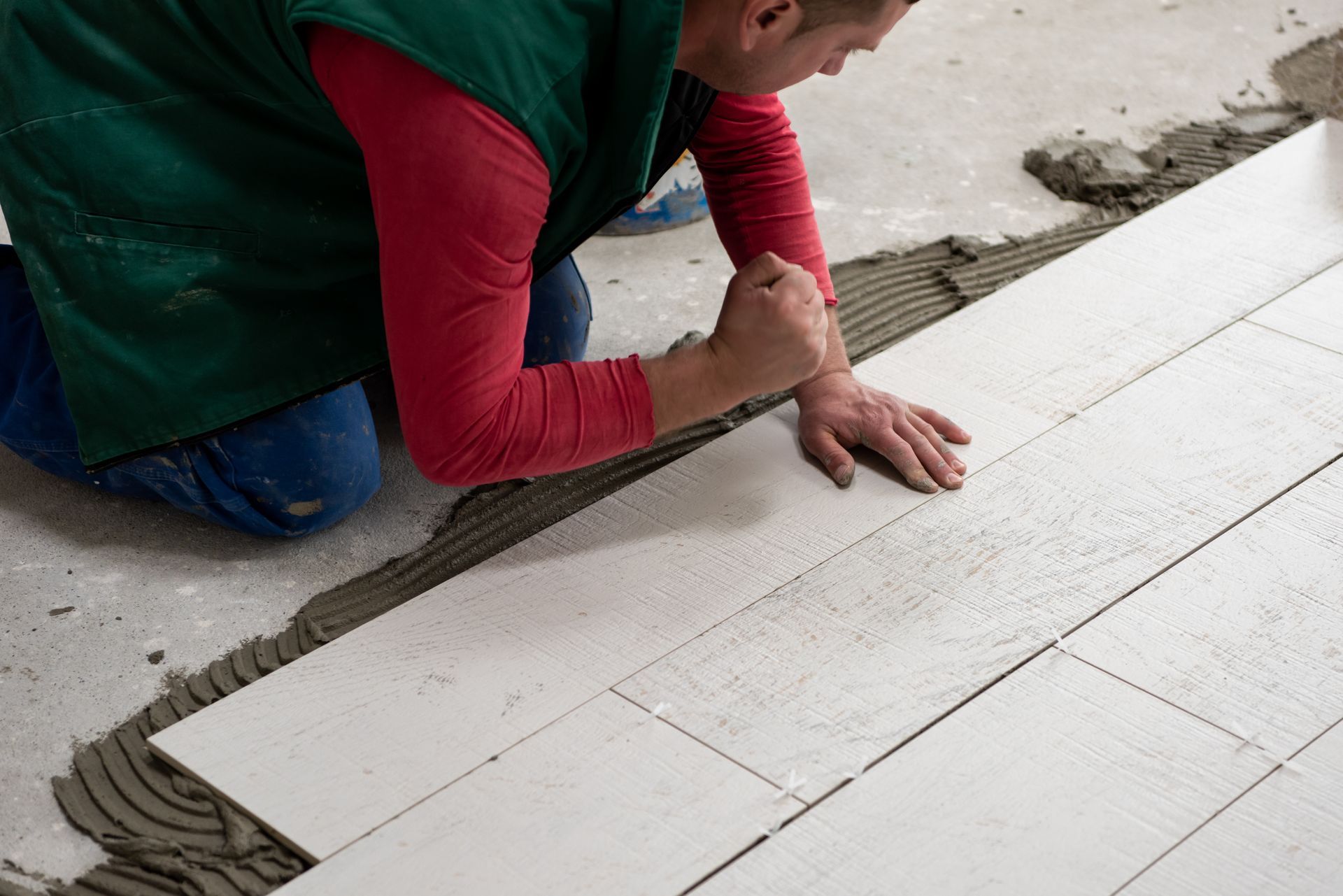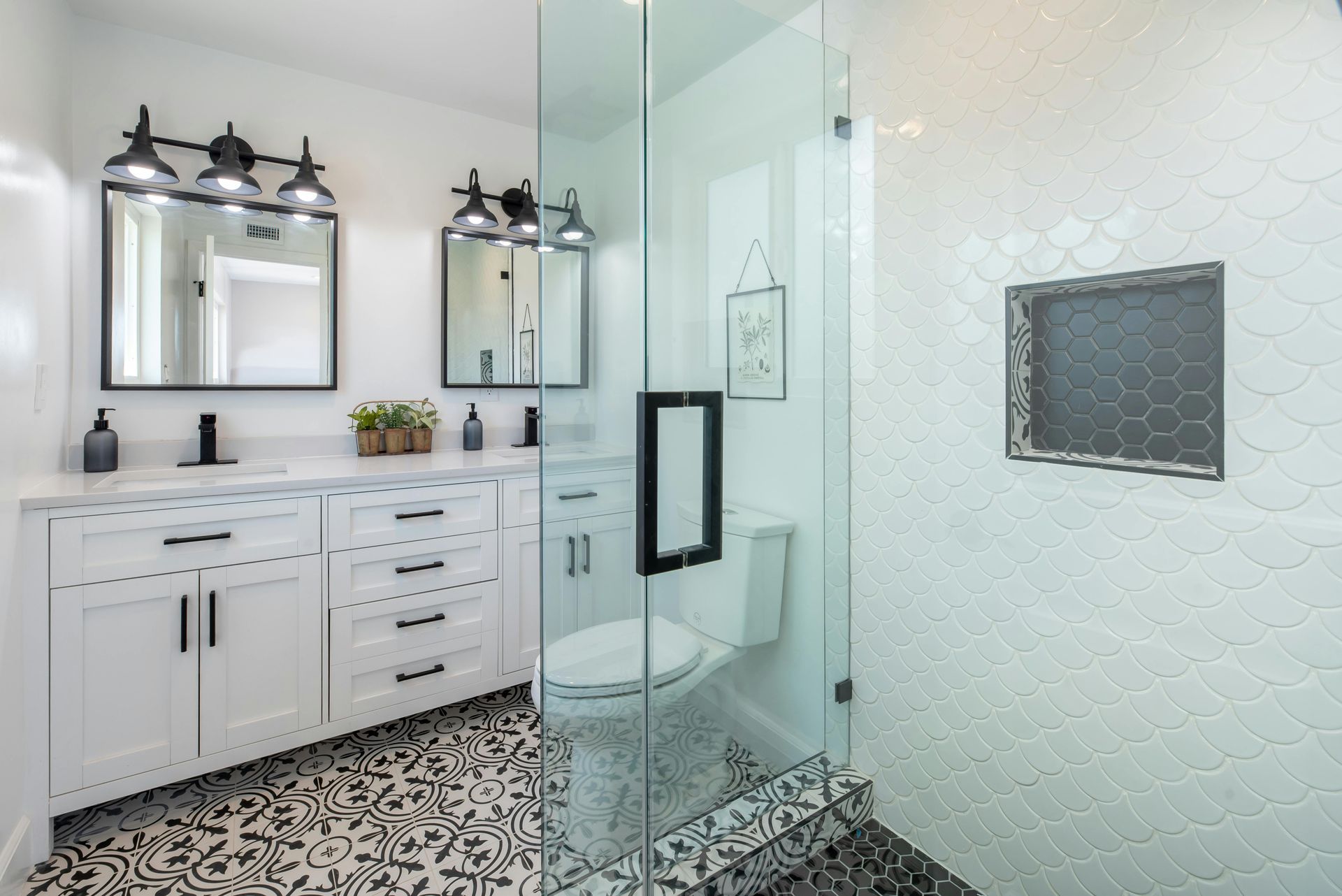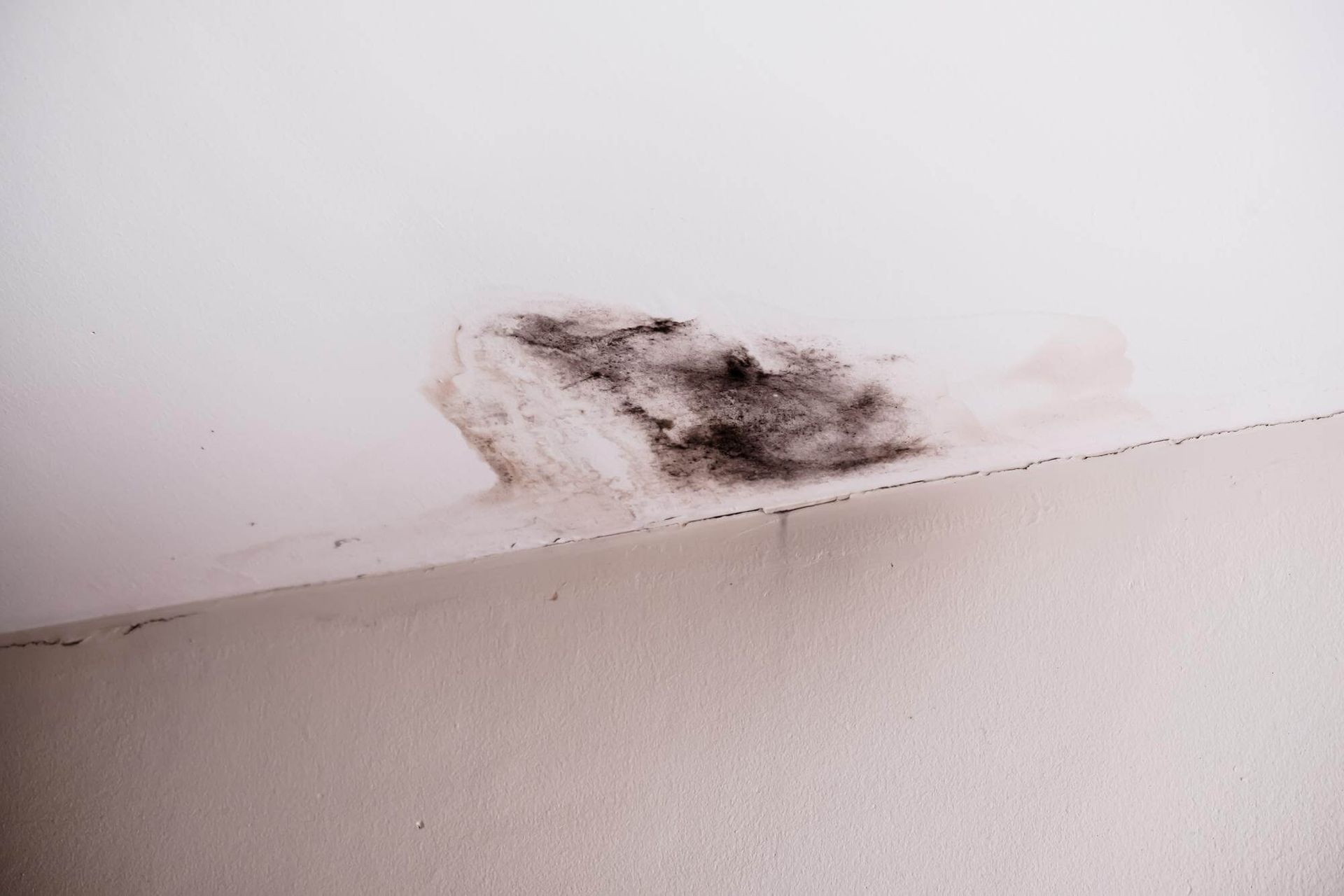Revive Your Upholstery: The Ultimate Guide to DIY Upholstery Cleaning Solutions that Actually Work
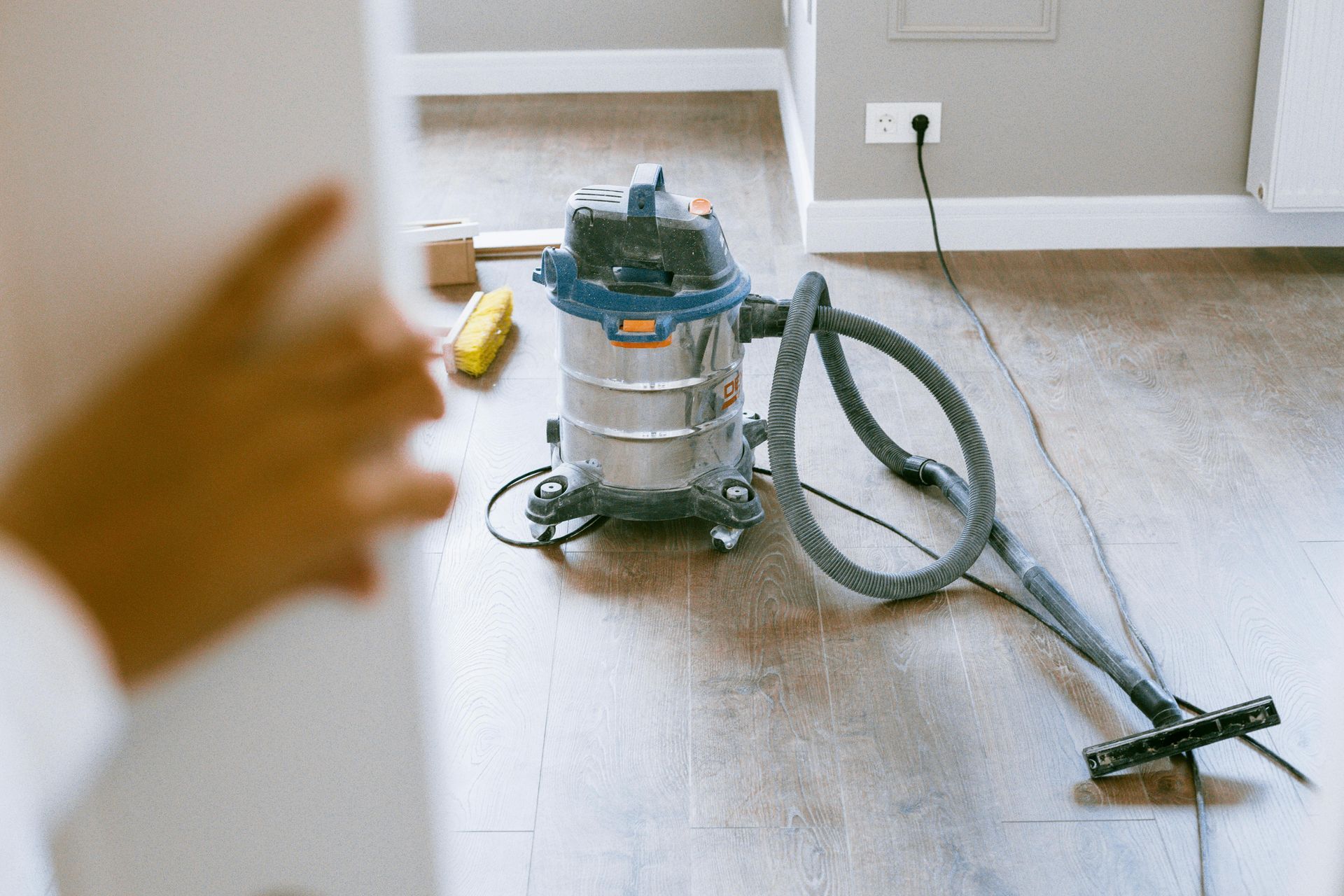
As homeowners, we all want a clean and fresh-looking home. When it comes to maintaining our furniture and upholstery, regular cleaning is crucial. A clean and properly maintained upholstery not only enhances the overall look of our home but also eliminates dust, allergens, and bacteria that can build up over time. But with the cost of professional cleaning services on the rise, many people are turning to DIY upholstery cleaning solutions. While some of these DIY methods can be effective, others can do more harm than good. So, let's dive into what works and what doesn't when it comes to DIY upholstery cleaning solutions.
The Importance of Upholstery Cleaning
Before we get into the specifics of DIY upholstery cleaning, let's first understand why it is important to clean your upholstery regularly.
1. Prolongs the Life of Your Furniture
Your furniture, including your upholstery, is an investment. Regular cleaning can help prolong its life by removing dirt, dust, and allergens that can cause wear and tear and damage to the fabric.
2. Creates a Healthy Environment
Upholstered furniture can harbor dust, allergens, and bacteria that can affect the indoor air quality of your home. Regular cleaning can help eliminate these particles and create a healthier environment for you and your family.
3. Removes Stains and Odors
Accidents happen, and spills and stains are inevitable. Regular cleaning can help remove these stains and stubborn odors, leaving your upholstery looking and smelling fresh.
DIY Solutions That Can Help You Keep Your Upholstery in Top Condition
1. Vacuuming
One of the easiest and most effective ways to keep your upholstery clean is by vacuuming it regularly. This is especially important for high-traffic areas such as the living room and dining room. Vacuuming can remove dust, dirt, and crumbs that can accumulate on your upholstery.
Tips:
- Use the upholstery attachment on your vacuum cleaner for better results.
- Vacuum in different directions to pick up dirt and debris trapped deep in the fabric.
- Remember to also vacuum the crevices and seams of your furniture.
2. Baking Soda and Water
Baking soda is an easy and powerful cleaning agent that is perfect for tackling a wide range of cleaning tasks around the house. This solution can help remove stains, deodorize your upholstery and restore its freshness.
How to use:
- Create a paste by combining equal amounts of baking soda and water.
- Spread the paste over the stained area and allow it to rest for 15-20 minutes.
- For best results, it is recommended to use a damp cloth to gently scrub the area.
- Wipe away the paste with a clean damp cloth.
- Let the upholstery dry completely.
3. Vinegar and Dish Soap
Vinegar is another versatile cleaning agent that can be used to remove stains and odors from your upholstery. When combined with a few drops of dish soap, it can create a powerful cleaning solution that is safe for most fabrics.
How to use:
- Combine equal amounts of white vinegar and warm water in a spray bottle.
- Include a small amount of dish soap and shake thoroughly.
- Spray the solution onto the stained area and let it sit for a few minutes.
- Use a clean cloth to blot the area.
- Repeat the process until the stain is removed.
- Rinse with clean water and let the upholstery dry completely.
4. Club Soda
You may have heard that club soda is an effective solution for removing stains from carpets and upholstery. While it may work for some stains, it is not a fool-proof solution. Club soda works best for fresh stains and can help lift them before they set into the fabric.
How to use:
- Apply club soda to the stained area and allow it to sit for a few minutes.
- It is recommended to use a clean cloth to gently blot the affected area.
- Continue the process until the stain is completely removed.
- Rinse with clean water and let the upholstery dry completely.
What Doesn't Work
1. Steam Cleaning
Steam cleaning is a popular DIY method for cleaning carpets and upholstery. However, this method can do more harm than good if not done correctly. Here's why:
- Steam can penetrate the fabric and damage it, causing it to shrink or lose its shape.
- If not dried properly, the excessive moisture can lead to the growth of mold and mildew.
- The high heat and moisture can cause the fabric to bleed or fade.
2. Chemical Cleaners
Many commercial upholstery cleaners contain harsh chemicals that can cause discoloration, damage, and even health hazards if not used properly. These products may also leave a residue that can attract more dirt and stain your upholstery again.
3. Using Too Much Water
Water is an essential element in the cleaning process, but using too much water can cause damage to your upholstery. Excess water can take a long time to dry, and the prolonged dampness can lead to musty odors, mold, and mildew growth.
Contact Allied Home Restoration for Professional Upholstery Cleaning in Linden, MI
Regular upholstery cleaning is essential for a clean and healthy home. While some DIY solutions can help maintain your upholstery, it is best to leave the deep cleaning to the professionals. Contact Allied Home Restoration for professional, safe, and effective upholstery cleaning services, and give your upholstery a new lease on life. Call us at (810) 691-5464 today.
We also offer a wide range of services for your home, including water damage restoration, mold testing & remediation, odor removal, and more, in Linden, Michigan, and the surrounding areas.
Why choose us:
- Experienced and certified professionals.
- Advanced cleaning techniques and equipment.
- Eco-friendly cleaning solutions.
- 24/7 emergency services.
- Affordable prices.
FAQ
How often should I clean my upholstery?
It is recommended to clean your upholstery at least once every 12-18 months to remove dirt, dust, and allergens.
Can I use regular soap or shampoo to clean my upholstery?
No, regular soap or shampoo may leave a residue that can attract more dirt and damage your upholstery. It is best to use a mild solution specifically designed for upholstery cleaning.
ow long does it take for my upholstery to dry after cleaning?
The drying time for upholstery can vary depending on the fabric type, technique used, and weather conditions. It usually takes 2-6 hours for the upholstery to dry completely.
Can I clean all types of upholstery with the same method?
No, different types of fabrics require different cleaning techniques and products. It is essential to identify the fabric type before choosing a cleaning method.
Is professional upholstery cleaning expensive?
At Allied Home Restoration, we offer competitive prices and free estimates for all our services. Our aim is to provide quality services at affordable prices to our customers.
